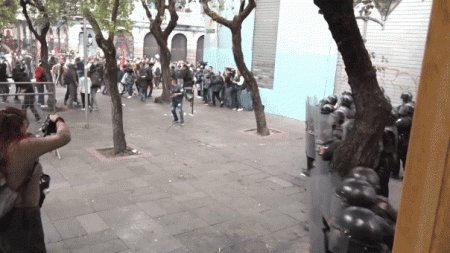The National Museum of Thailand recently hosted a welcome-home ceremony for two ancient statues that were illegally trafficked from Thailand by a British collector of antiquities. These statues, the “Standing Shiva” or the “Golden Boy” and the “Kneeling Female,” are believed to be around 1,000 years old. The return of these artworks comes as many museums in the U.S. and Europe grapple with collections that contain objects looted from Asia, Africa, and other places during centuries of colonialism or upheaval. The Metropolitan Museum of Art in New York announced last year that it would return more than a dozen artifacts to Thailand and Cambodia after they were linked to an art dealer and collector accused of running an antiquities trafficking network.
The Metropolitan Museum’s curator of Asian and Southeast Asian art, John Guy, described the returned works as “unrivalled masterpieces” of their period and emphasized the significance of Thailand’s art in world culture. The Met initiated the return of these objects after determining that they rightfully belonged to the Kingdom of Thailand. This return was part of the Metropolitan’s Cultural Property Initiative, which aims to promote responsible collecting of antiquities and shared stewardship of the world’s cultural heritage. Thai Culture Minister Sudawan Wangsuphakijkosol expressed her country’s gratitude for the return of these national assets, underscoring the importance of preserving and protecting Thailand’s cultural heritage.
Last month, the Metropolitan Museum signed a memorandum of understanding with Thailand in New York, formalizing a commitment to collaborate on exchanges of art, expertise, and the display and study of Thai art. The museum has also taken steps to address the issue of cultural property and how it was obtained, including a focused review of works in the collection, hiring provenance researchers, and engaging staff and trustees in discussions on this topic. By using its platform to support public discourse on cultural heritage, the Metropolitan Museum aims to promote awareness and responsible stewardship of cultural artifacts.
The repatriation of these ancient statues highlights the ongoing efforts to address the illicit trafficking of antiquities and the importance of returning cultural heritage to its rightful owners. The ceremony at Thailand’s National Museum celebrated the return of these valuable artworks and emphasized the significance of recognizing and protecting the country’s cultural heritage. Through collaboration between institutions like the Metropolitan Museum and the Kingdom of Thailand, a shared commitment to preserving art and cultural heritage is solidified, paving the way for future exchanges and cooperation in the field of art and archaeology.
As museums and cultural institutions around the world confront issues related to looted artifacts and the responsible stewardship of cultural heritage, initiatives like the Cultural Property Initiative at the Metropolitan Museum demonstrate a commitment to ethical collecting practices and collaboration with source countries. By engaging in dialogues on cultural property and sharing expertise, museums can work towards ensuring the protection and preservation of cultural artifacts for future generations. The return of these two ancient statues to Thailand marks a significant step in addressing past injustices and promoting transparency in the acquisition and display of cultural heritage.













